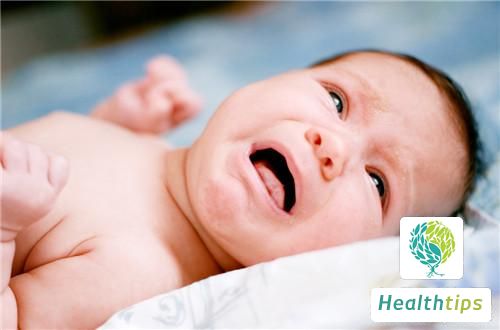Most parents are concerned about the physical health of their young children. However, due to the relative fragility of various aspects of their bodies, the probability of problems occurring is relatively high. For instance, infantile hydrocephalus is a relatively common issue. Different babies may exhibit different symptoms after developing hydrocephalus. So, what are the symptoms of infantile hydrocephalus?

1. Infantile hydrocephalus is mainly caused by cerebrospinal fluid circulation disorders. It mostly occurs in children aged 6 months to 7 years. Sometimes, during pregnancy, the baby's brain tissue may be invaded by Toxoplasma gondii, blocking the cerebrospinal fluid pathway, leading to hydrocephalus at birth.2. Babies with hydrocephalus often have a disproportionately large head compared to their trunk. Their skull is rounded, with a protruding forehead and enlarged anterior fontanel. Sometimes, it is connected to the posterior fontanel. They may have sparse hair, dilated scalp veins, downward-looking eyes, exposed superior sclera, and a sunset-eye appearance.3. Children with hydrocephalus may experience lethargy, inability to lift their heads normally, and accompanying brain dysfunction. Common symptoms include irritability, vomiting, lethargy, seizures, malnutrition, slow movement, language disorders, and intellectual developmental disorders. Parents should take early action and seek medical attention. It is advisable for pregnant women to undergo regular check-ups during pregnancy, including 3D ultrasound and Down's syndrome screening. If signs of infantile hydrocephalus are detected, parents should promptly take their child to the hospital for examination and early surgical intervention.




















